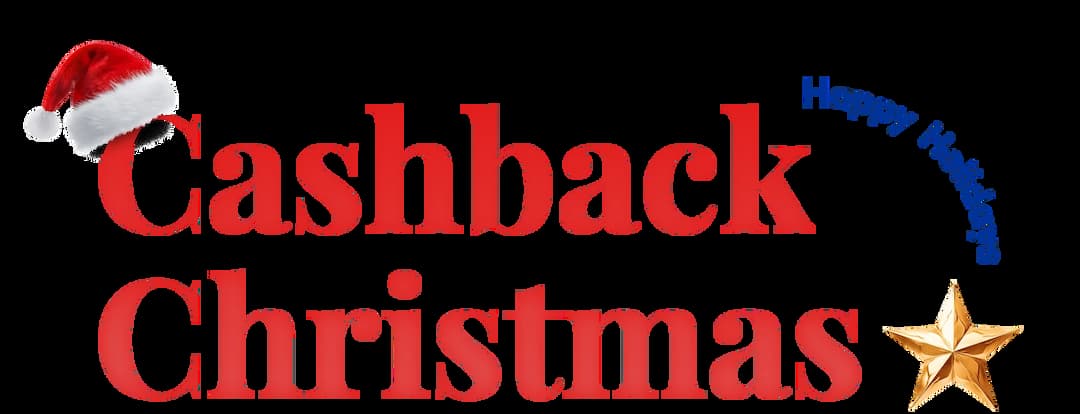What is a Calling Card? Types, Benefits & Top Providers

Are you struggling with high phone bills on your mobile plan? It can get even worse and frustrating when making international calls.
Calling cards are a great solution for this. By offering low rates and a prepaid structure, they allow you to make affordable calls. So, what exactly are calling cards, and how do they work?
In this blog, we’ll explore calling cards in detail, including their types, benefits, and top providers for cost-effective international calls.
Key Highlights:
Calling cards are prepaid cards, often used to make international or long-distance calls at discounted rates.
There are several types of calling cards: Prepaid, Postpaid, Rechargeable, and VoIP.
The calling card system connects you to an access number, validates the PIN, routes your call, and deducts the balance based on the call duration.
To use calling cards, you simply dial the access number, enter the PIN, and then dial the destination number.
What Is a Calling Card?
A calling card (also known as a phone card or telephone card) is a prepaid service that allows people to make long-distance or international phone calls at lower rates than standard phone service. The card usually comes with a fixed amount of prepaid minutes, and once those minutes are used up, the card is no longer valid unless reloaded.
The telephone cards are available in both physical and digital formats. Physical calling cards are available in stores and typically feature scratch-off PINs, whereas virtual calling cards are purchased online and delivered instantly via text or email.
Some calling card providers like Localphone and Tracephone operate using their own networking infrastructure to route the calls. Others partner with major carriers to negotiate lower fees and deliver affordable calls. For example, services like Pingo and Toolani use these partnerships to help you make low-cost calls to international numbers.
Types of Calling Cards
The types of calling cards include prepaid, postpaid, rechargeable, and VoIP.
- Prepaid Calling Cards: The most commonly used type, where users pay in advance for a fixed amount of calling credit.
- Postpaid Calling Cards: Works similarly to a phone plan, where calls are made first and paid for later based on usage.
- Rechargeable Calling Cards: Cards can be reloaded with credits, convenient for frequent and long-term use.
- VoIP Calling Cards: Typically accessed through apps or a web interface, and use internet-based technology to make calls.
How Does a Calling Card Work?
The calling card system activates the card upon purchase and allows you to make the call after entering the valid access code and PIN code. Throughout the call, it tracks the duration and deducts charges from your card's balance, then updates the remaining balance after the call terminates.
Here’s a step-by-step process of how a calling card works:
- Card Activation: The provider activates the card upon purchase, storing the PIN and balance in its database.
- Service Access: To connect to the card service, you’d dial the access number provided with the card.
- PIN Validation: To access the service, you’d enter your PIN, which the system uses to verify your identity and access your balance.
- Dial the Destination Number: After verifying the PIN, you can dial the recipient number to call.
- Call Routing: The system routes your call to the appropriate destination, whether local or international.
- Call Monitoring: The system tracks the call duration and charges the card’s balance accordingly.
- Balance Update: After the call terminates, the system updates the remaining balance.
Note: Many calling cards have an expiration date, so make sure to check the validity period before purchasing.
What Are the Benefits of Using a Calling Card?
Calling cards offer affordable international and long-distance calling with prepaid rates, helping users control costs and avoid surprise bills. They’re convenient, available in physical or digital formats, and ideal for travelers, immigrants, or anyone needing to call abroad frequently.

- Cost-Effective: Phone cards come with lower per-minute rates for international calls compared to the standard rates of landline and mobile providers.
- Flexible: Telephone cards are accessible from almost any phone, whether it is a mobile, landline, or payphone.
- Convenience: Calling cards can be a convenient way for travel or in areas with limited phone service, avoiding the need for a mobile plan or internet connection.
- Simple to Use: The dialing process is straightforward, requiring only the PIN and access number.
How to Get an International Calling Card?
To obtain an international calling card, purchase one from a retailer or online and activate it using the access number printed on the card.
Follow the given steps to get an international calling card:
- Find a reliable provider offering international calling cards.
- Choose a card based on your destination and call rates.
- Purchase the card in-store or online (for digital versions).
- Activate it using the local or toll-free access number.
- Start making affordable international calls.
How to Get a Cheap International Calling Card: Top Providers in 2025
1. Toolani
Toolani provides an affordable international calling card for users who prefer traditional phone lines over internet-based calling. Credit is purchased online and used by dialing a local access number, meaning you don't need an internet connection to make a call.

With no contracts and no expiration dates, Toolani is perfect for people who want straightforward and affordable calling. Rates start at just $0.015 per minute, making it a reliable and budget-friendly choice for occasional international calls.
2. Pingo
Pingo is a top choice for anyone looking for a cheap international calling card, enabling users to make affordable international calls via a mobile app or local access numbers. With features like PINless dialing, automatic top-ups, and one-minute billing increments, Pingo ensures maximum value for each minute used.

Rates start as low as $0.01 per minute, with no hidden fees, making it one of the most flexible and cost-effective solutions for frequent international callers. Whether you're calling via Wi-Fi or using a traditional line, Pingo’s virtual card is ideal for anyone seeking affordable global communication.
3. Tracfone
The Tracfone Global Calling Card is a low-cost international phone card designed specifically for Tracfone prepaid mobile users. Priced at a flat $10, it integrates directly with Tracfone's services and allows for international calling via access numbers or an optional app. Rates begin at around $0.01 per minute for popular destinations.

Ideal for frequent international callers already using Tracfone, this card provides a convenient and budget-friendly option without the need for additional services or accounts.
4. Localphone
Localphone offers one of the cheapest international calling card options on the market, with rates starting as low as $0.003 per minute. Users can make calls via mobile, landline, VoIP phone, or a computer. The service supports PINless dialing, speed dial setup, and even callback features.

With no hidden charges, low minimum top-ups, and flexible access methods, Localphone is a smart choice for anyone seeking a consistently affordable and dependable way to stay in touch internationally.
5. Zuzume
Zuzume offers an affordable international phone card that is delivered digitally via email or text message (SMS), allowing for immediate use without physical delivery. Each card includes a PIN and access numbers, with no expiration dates or hidden fees.

Available in options ranging from $5 to $50, Zuzume provides clear value and control. With online account tools and support for speed dialing, it’s an excellent option for those wanting a simple, flexible, and transparent international calling solution.
Are Calling Cards Still Worth It in 2025?
Conclusion
Calling cards are a practical and budget-friendly way to make international calls. Using them is simple—you just dial an access number, enter your PIN, and then dial the destination number. However, calling cards also have limitations like expiration dates, limited minutes, or data. This can mean that you need to buy new cards repeatedly.
Upgrade to Calilio’s VoIP phone system to avoid these hassles of limited availability. Additionally, using our virtual number, you can make cheap international calls from anywhere via the internet. Get a virtual phone number from Calilio today!

Get Cashbacks Up to 43% Straight To Your Wallet!
Unlimited Virtual Numbers – Local, Mobile & Toll-Free from 100+ Countries
Free Local Phone Number from US or Canada
Crystal-Clear Calls Starting at Just $0.0153/min
24/7 Human Support – Because Great Service Never Takes a Holiday


Frequently Asked Questions
Can I use a calling card with my mobile phone?
Yes, most calling cards work with both landlines and mobile phones. To call using a calling card, simply enter the access number, PIN, and then your recipient’s number.
How do I check my calling card balance?
Do calling cards expire?
Is it better to use a calling card or a mobile app for international calls?

Still have questions?
Can’t find the answer you’re looking for? Please chat with our friendly team.
Stay in the loop
Get the latest call insights, trends, and updates delivered straight to your inbox.
By subscribing, you agree to receive updates from Calilio.
You can unsubscribe anytime.